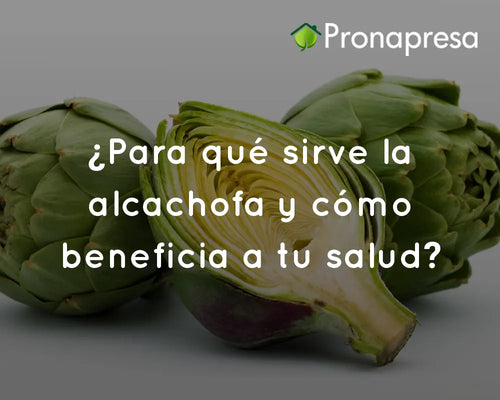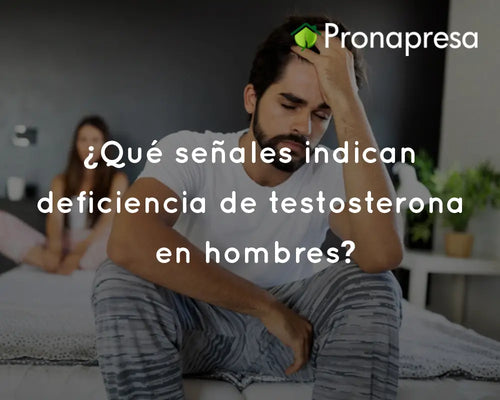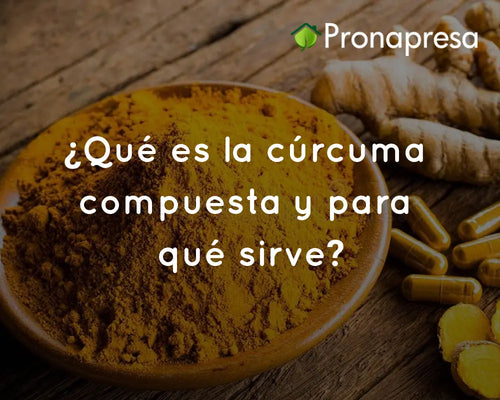
Genetic engineering allows organisms to be modified by means of transgenesis wave cisgenesis , that is, the insertion of one or more genes into the genome. GMOs include microorganisms such as bacteria or yeast, plants, insects, fish, and other animals. These organisms are the source of genetically modified foods and are widely used in scientific research to produce goods other than food.
Therefore, foods generated from genetically modified species are those whose genetic material (DNA) has been altered in a way that does not occur naturally, for example, by introducing a gene from another species. The technology that makes this possible is also known as "gene technology," " recombinant DNA technology ," or " genetic engineering ."
Currently you can access the Genetically modified plant-based foods , but foods generated from microbes or microorganisms are expected to be introduced in the future. Transgenic animals . Most of today's genetically modified crops have already been designed to increase production by introducing disease resistance or greater tolerance to herbicides.
How are genetically modified foods created?
Genetic engineering, which leads to the creation of genetically modified foods , begins with the identification and isolation of a gene that expresses a desirable trait. Isolation of the gene intended to be used to create the genetically modified food is done using restriction enzymes. Once the gene is isolated, a recipient plant or animal is selected from which the genetically modified food is to be obtained. The gene is inserted into its genome using a genus of bacteria, such as Agrobacterium, a gene gun by introducing elementary particles coated with plasmid DNA, electroporation, or a virus. Once in the recipient, the newly incorporated gene becomes part of the recipient's genome and is regulated in the same way as other genes.
Are genetically modified foods good or bad?
Genetically modified foods have advantages and disadvantages.
Some of the advantages are that they can be modified to contain higher amounts of vitamins and nutrients, thus reducing unhealthy toxins. They can also be resistant to drought and disease, requiring fewer environmental resources (such as water and fertilizer) and increasing the food supply at a reduced cost and with a longer shelf life.
On the other hand, some argue that genetically modified foods can have negative effects on human health and the environment. For example, some studies have suggested that genetically modified foods can cause allergies or toxic effects. Furthermore, genetic modification can have a negative impact on biodiversity.
Remember that prevention is better than cure






















































